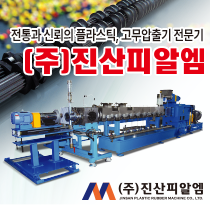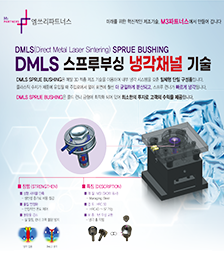Bio magazine
How sustainable are biodegradable and plant-based plastics?
By Tom Szaky
![]()
▲ Coca-Cola's PlantBottle is an example of a durable bioplastic (rather than a biodegradable bioplastic), meaning it will last like a traditional PET bottle, but that it is also recyclable.
Finding solutions for the world’s plastic problem is an uphill battle. Manufacturers and consumers alike are now accustomed to products and packaging made lighter, less costly and more convenient by plastic, the iterations of which have only grown more complex. As it stands, we are manufacturing approximately 300 million tons of plastics across the world every year, and this number continues to grow.
The scope of the world’s plastic problem goes beyond straining Earth’s finite resources; it is also a waste management issue. It is estimated that up to 129 million tons (43%) of the plastic used per year is disposed of by landfill or incineration, and approximately 10 to 20 million tons of plastic ends up in the oceans.
Rethinking all aspects of the plastics supply chain in terms of full lifecycle, from sourcing to end-of-life, is the key for manufacturers and major brands aiming to design into a more circular plastics economy. Driven by demand for more sustainability and positive environmental impacts in consumer packaged goods (CPGs), there is a growing industry for bioplastics—plastics made from plant biomass, such as corn.
One argument in support of increased use of bioplastics is mainly that the raw materials used to generate it are more sustainably sourced than petroleum-based plastic. Abundant availability of raw materials for manufacturing bioplastics place less strain on resource supply, as well as cause less strain to the earth from sourcing processes. Drilling for oil to use for petroleum-based plastic may disturb land and ocean habitats, and is a major source of emissions and airborne byproducts.
Bioplastics can be broadly broken down into two categories: durable and biodegradable. For instance, the PlantBottle is a durable bioplastic alternative to traditional PET bottles made by Coca-Cola. Made with up to 30% ethanol sourced from plant material, the PlantBottle won’t decompose, but it can be recycled with traditional PET containers and bottles. It is important to note that this is an outstanding example, as not all bioplastics are recyclable.
Of the many bioplastic varieties currently on the market or in development, no variant has attracted more attention than those dubbed “biodegradable.” Biodegradable bioplastics, like increasingly popular PLA (polylactic acid), are exactly as they sound: in theory, they break down naturally in the environment or may be composted. This is unique, as the vast majority of plastics today will never break down. Petroleum plastics may degrade into smaller and smaller pieces, but most won’t decompose or be absorbed by the surrounding environment.
Where bioplastics theoretically are an answer to our dependence on fossil fuels to manufacture the plastics the world demands, biodegradable bioplastics are meant to be a solution for the world’s plastic waste problem. However, in most cases, biodegradable bioplastics will only break down in a high-temperature industrial composting facility, not your average household compost bin. Plus, these are not recyclable.
This wouldn’t be as much of a concern if we had a great composting infrastructure, but we don’t. With only about 200 industrial composting facilities in the United States and 50 million tons of organic waste still ending up in landfills across the country each year, we are ill-equipped to adequately compost any meaningful volumes of biodegradable plastic. In fact, many operational industrial composting facilities today won’t even accept PLA and other biodegradable plastics—they are seen as contamination risks.
A better solution might be to place the focus on durable bioplastics that are made from plant materials, but can still be recycled. This way, the valuable energy and material inputs can be kept in the production cycle longer. It also makes far more sense to build a bio-based plastic that fits into our existing infrastructure, rather than building an entirely new biodegradable plastic composting infrastructure from scratch.
If we hope to truly make durable bioplastics as viable as they could be, we will need to start curbing the demand for plastics overall. With less demand, the market will be in a far better place to meet demand with more contained impacts to the environment. How do we reduce the demand for plastic? When manufacturers and major brands commit to packaging designs that are more durable and made to last, consumers have the opportunity to make more sustainable purchasing decisions.




















